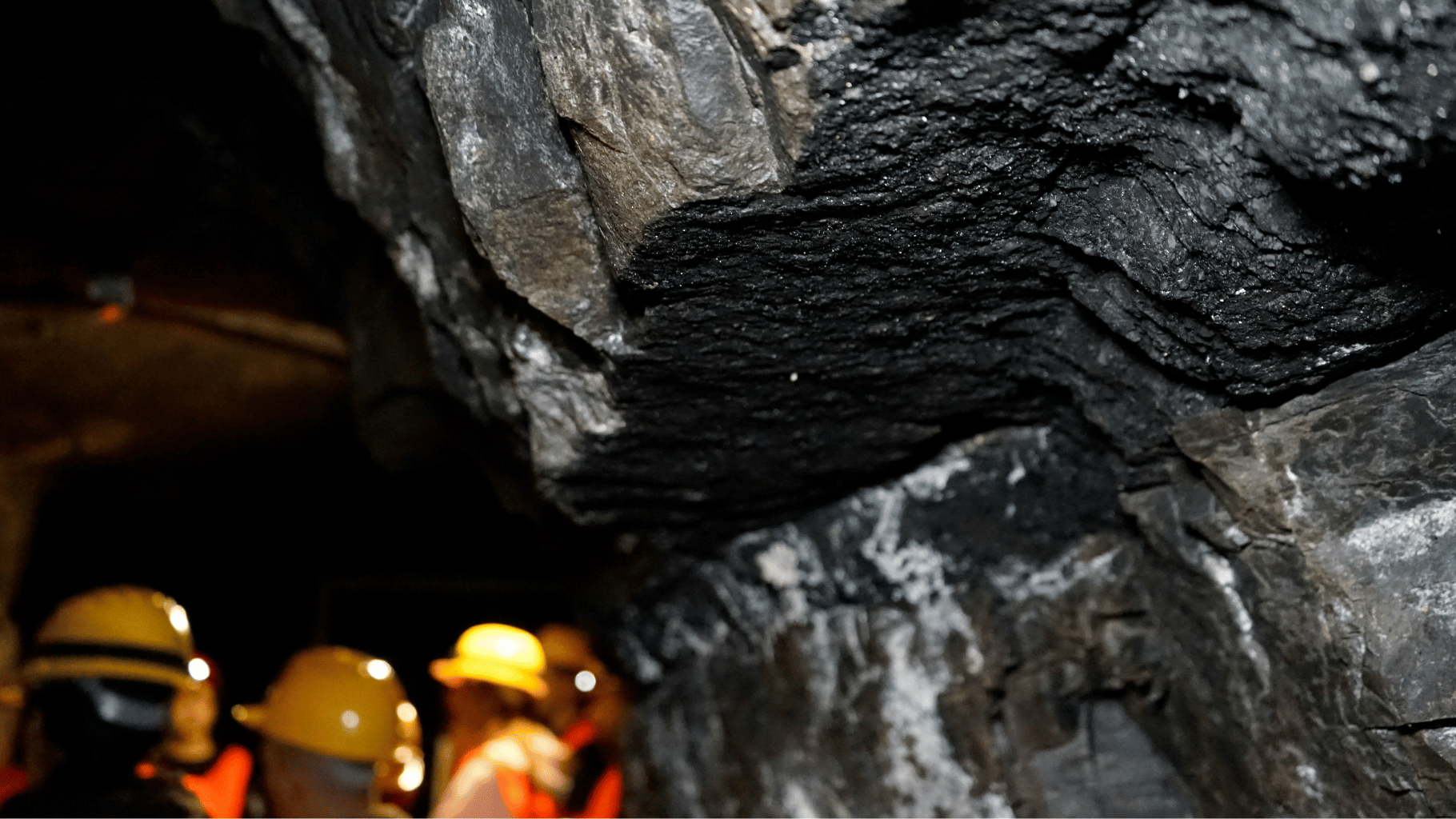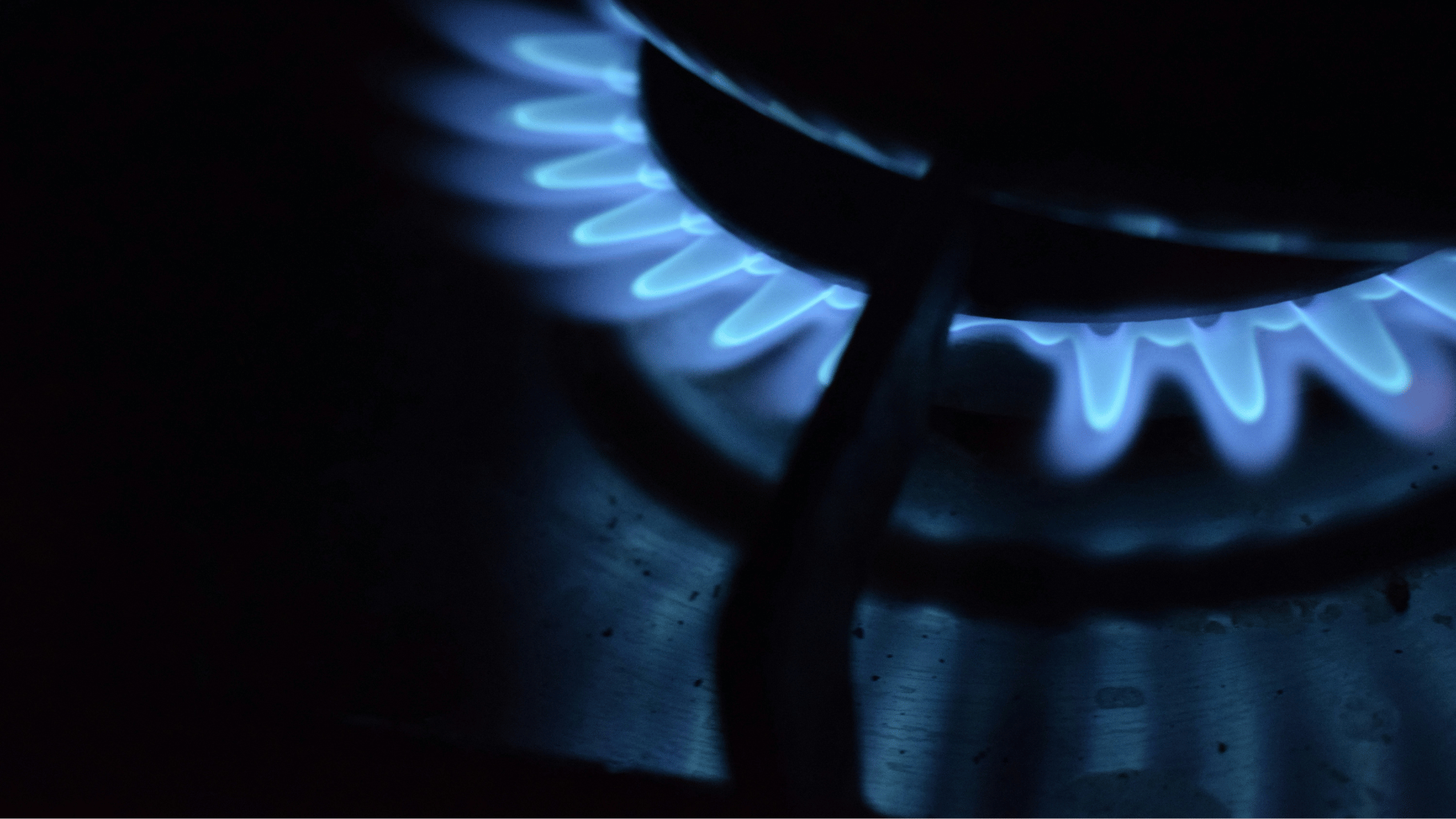What’s the outlook for the copper sector in terms of supply, inventories and prices? Well, that depends on where you are talking about.
In a global economy with online trading 24 hours a day, we currently have a situation where the position for copper at the LME is vastly different to that in China.
Weak demand and a surplus of supply has driven LME spot prices to a record discount to futures. That market structure — known as contango — has intensified as stockpiles held in LME warehouses climbed last month to their highest level in two years.
Meanwhile, over at the Shanghai Futures Exchange, inventories have fallen to touching distance of their lowest point since 2009, with holdings at bonded warehouses also depleted.
The high stockpiles in LME warehouses stem from a slowdown in growth in the electric vehicle (EV) sector. Note that EV sales aren’t actually slowing, its just that the growth trajectory is easing as high inflation in many economies is delaying new vehicle purchases by consumers.
Strangely, as western economies are dialling back their expectations of the timetable for the transition to EVs, China is going full steam ahead as it cements itself as the leading producer of EVs, predominantly on the back of local consumption. Chinese carmaker BYD, which entered the Australian market in 2022, sells more battery EVs than Tesla and when hybrids are included in the mix, BYD sells more than twice the number of Tesla.
All of the growth in EV sales as well as renewable energy consumption and upgrades to electricity transmission has seen production increase domestically in China in addition to forcing up the levels of imports. These higher import levels come at a price.
The Yangshan copper premium, or the fee traders pay for imported cargoes over benchmark prices on the London Metal Exchange, extended gains to $102.50 a metric tonne, the highest level in a year according to Shanghai Metals Market. That compares with just $27 a tonne at the start of August. Premiums for domestic cargoes have also surged.
So where do forecasters think the copper price is heading?
Ironically, protests at several large mines are impacting production, which in turn has had a positive impact on the copper price. At First Quantum’s Cobre Panama mine, protestors are blocking inbound shipments of coal, required for power generation for the mine. At the Las Bambas mine in Peru, owned by China’s MMG Ltd, a general strike is expected to commence on November 28 as a result in breakdowns in profit sharing discussions between unions and management.
The two mines supply an aggregate 3% of global supply in an environment where global production growth this year has been weak at only around 1%.
These changes, along with a slight easing in stockpiles, has seen the price move from US$7,824/ton on October 17 up to US$8,296/ton on November 22. In a note to clients this week, Goldman Sachs is forecasting further strengthening to US$8,850/ton over the next 6 months and up to US$10,000/ton over the next 12 months, representing a 20% gain on current prices.
This will be welcome news for copper producers and explorers, along with shareholders that have had a rough 2023 (along with many other commodities).
White Noise communications is provided a fee for service working with companies which may have exposure to commodities or securities mentioned in these articles. All articles are the opinion of the author and are not endorsed by, or written in collaboration with, our clients.






